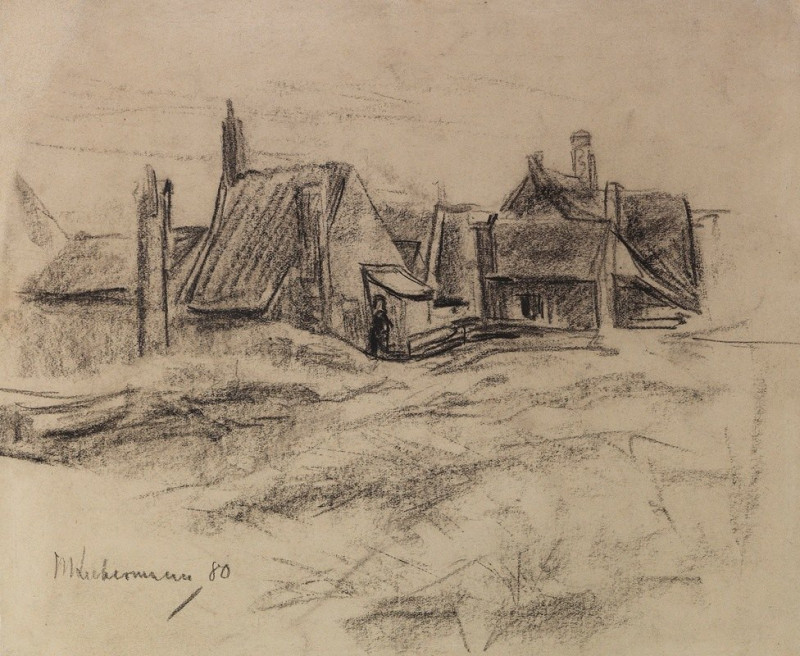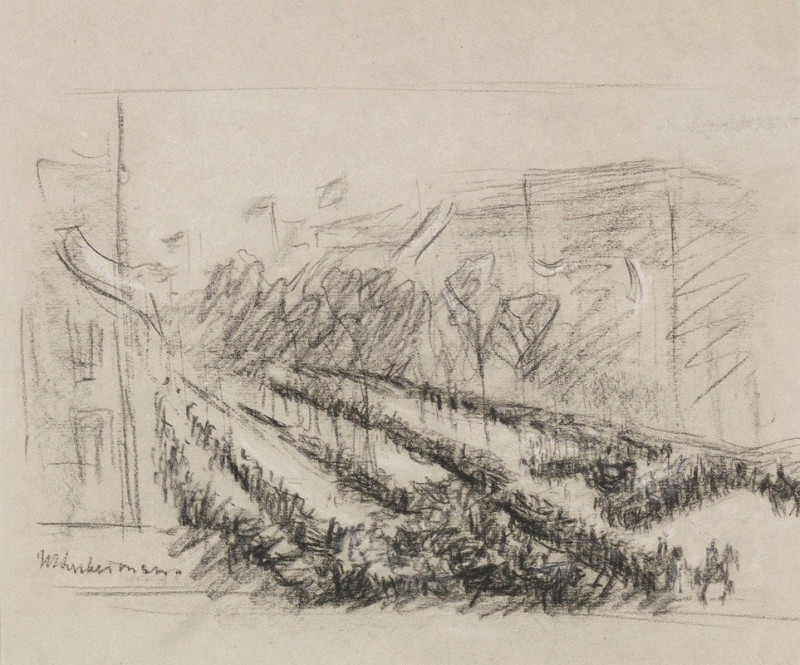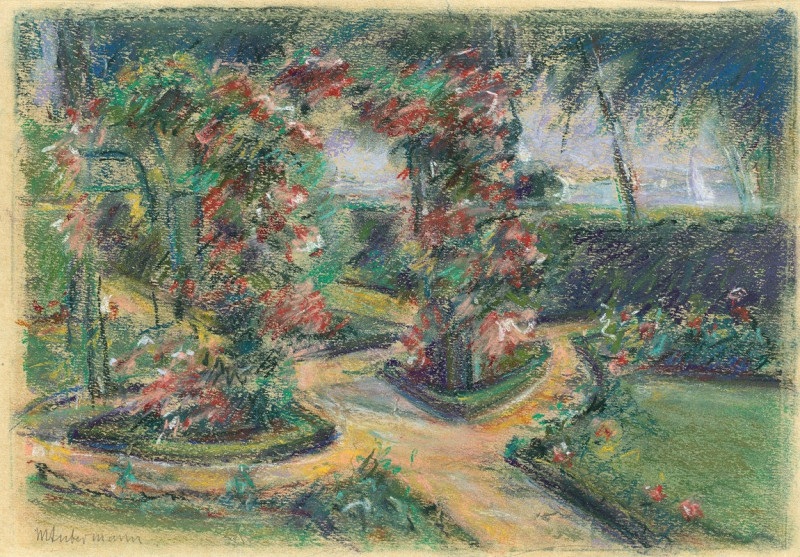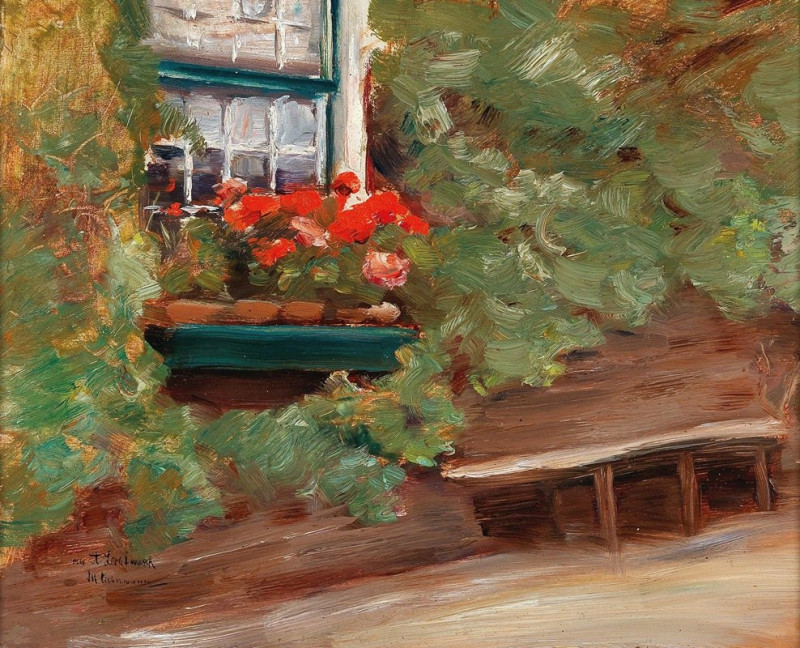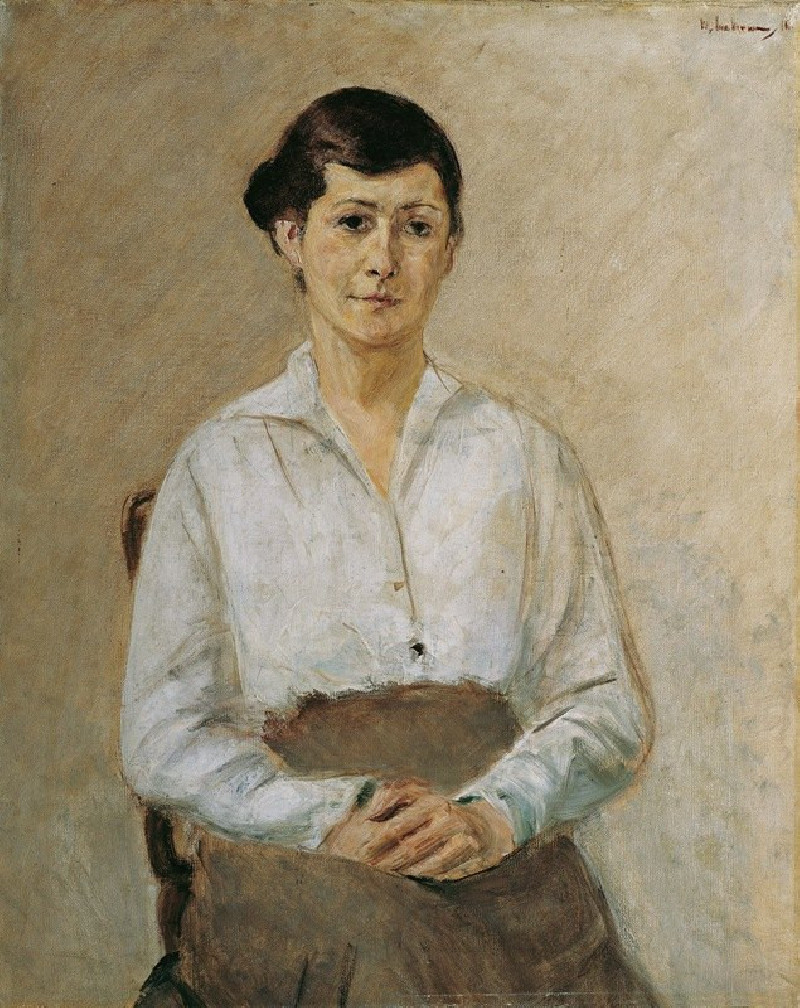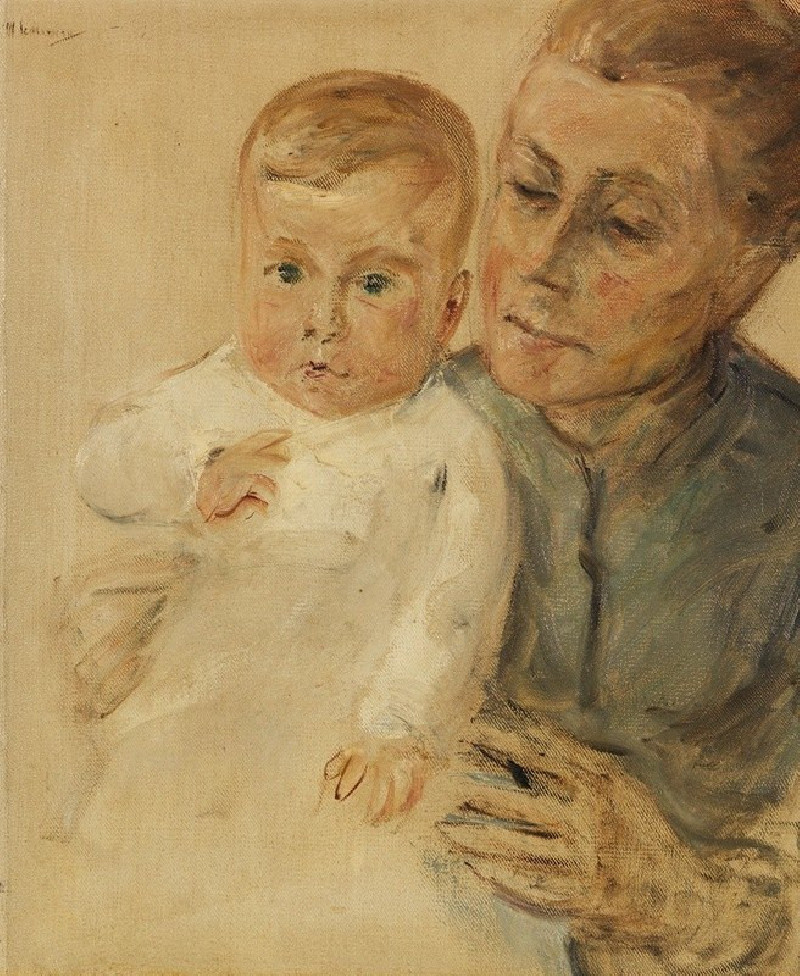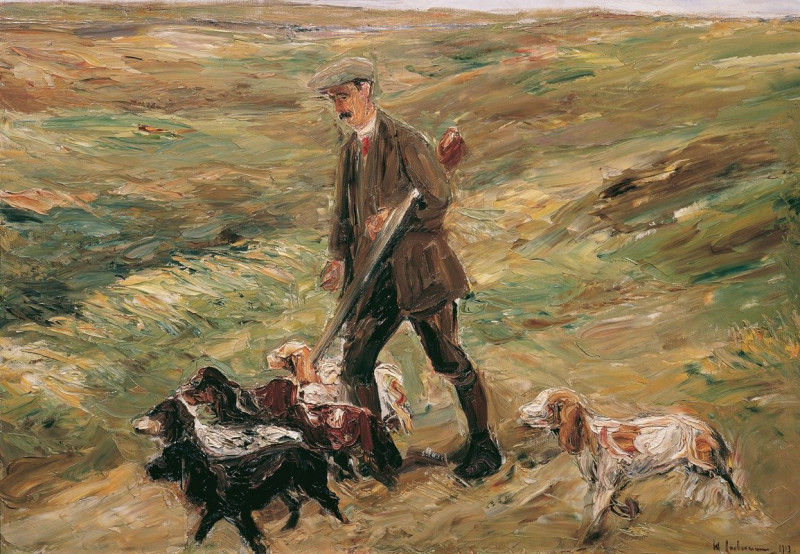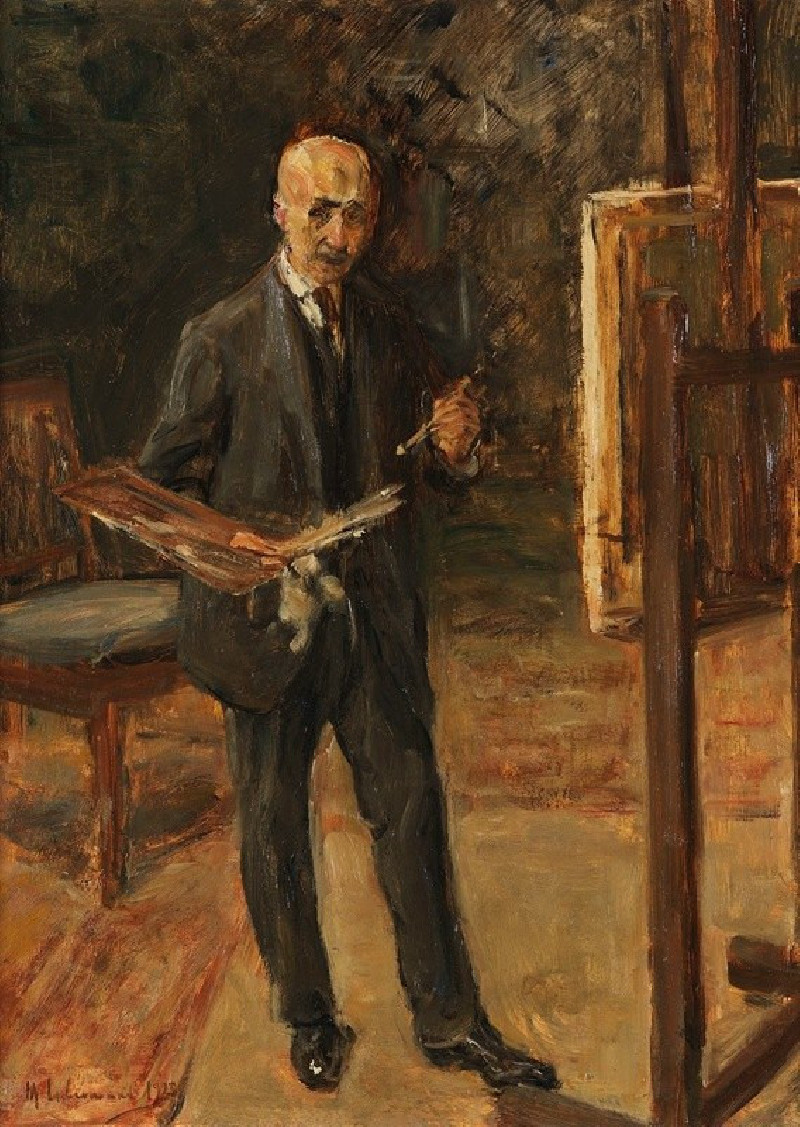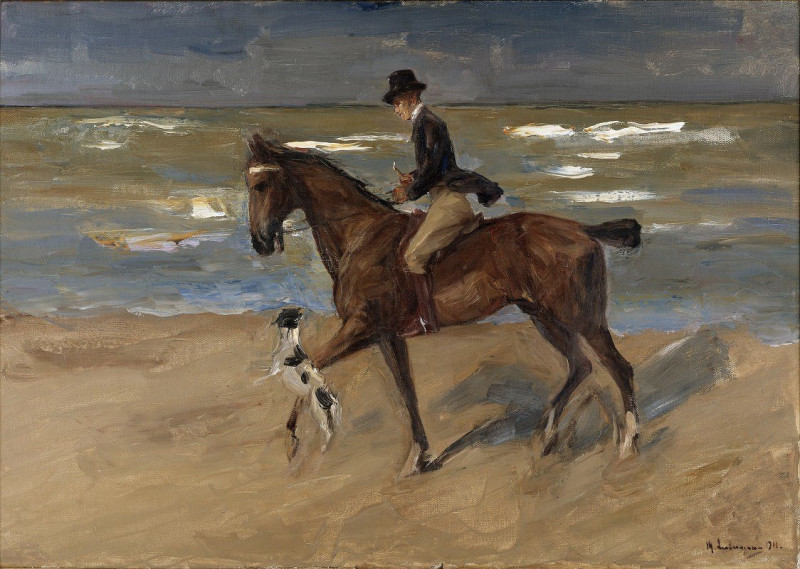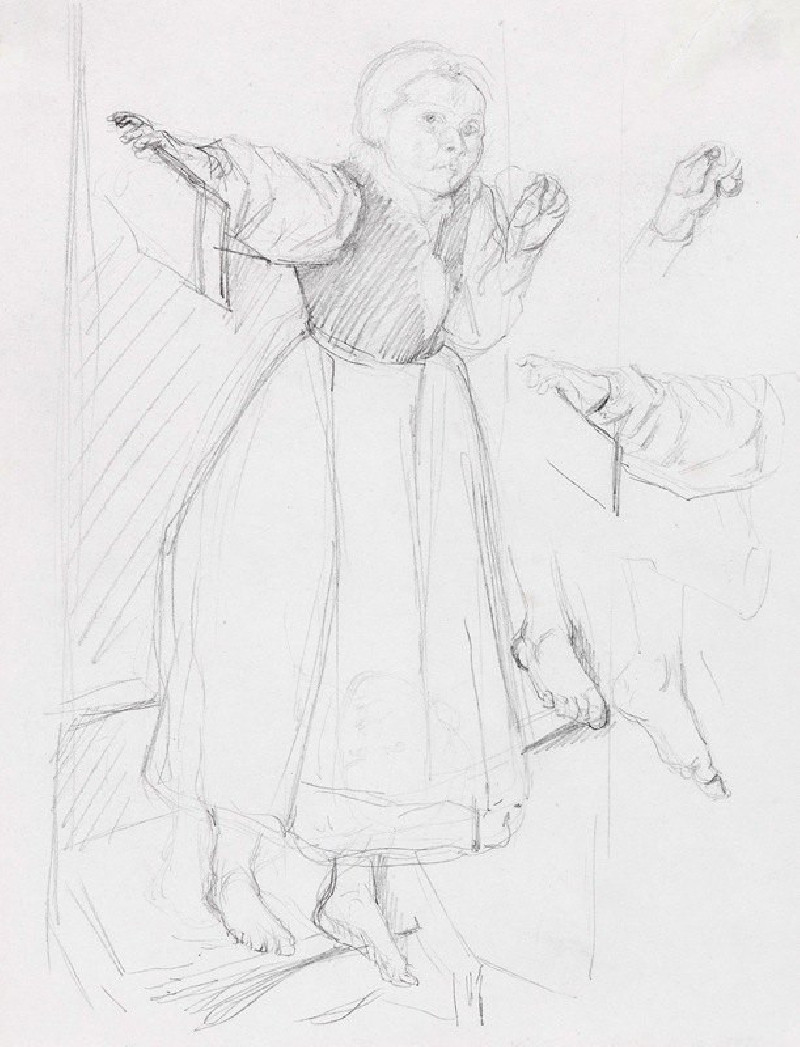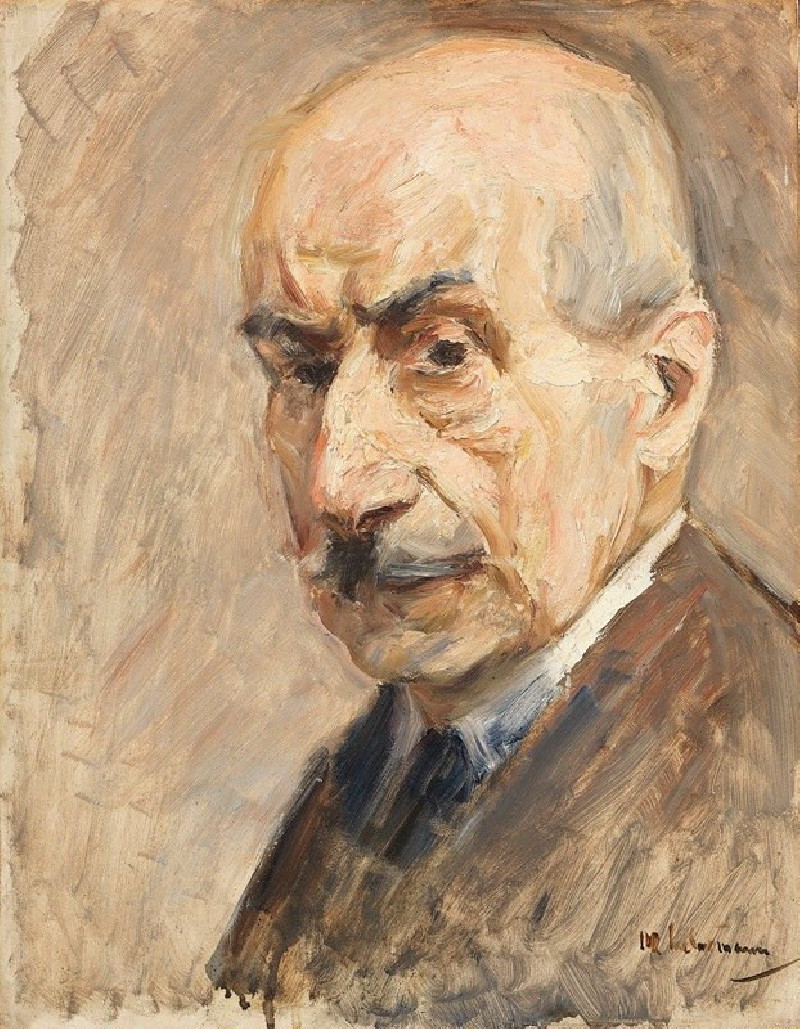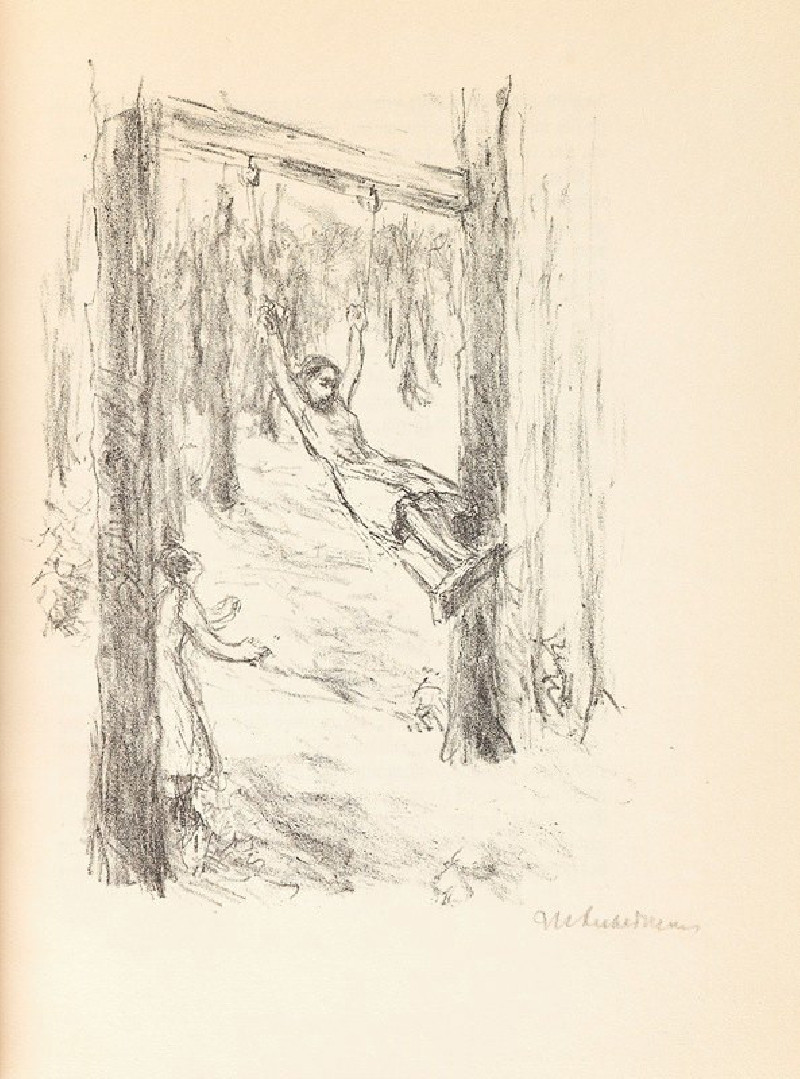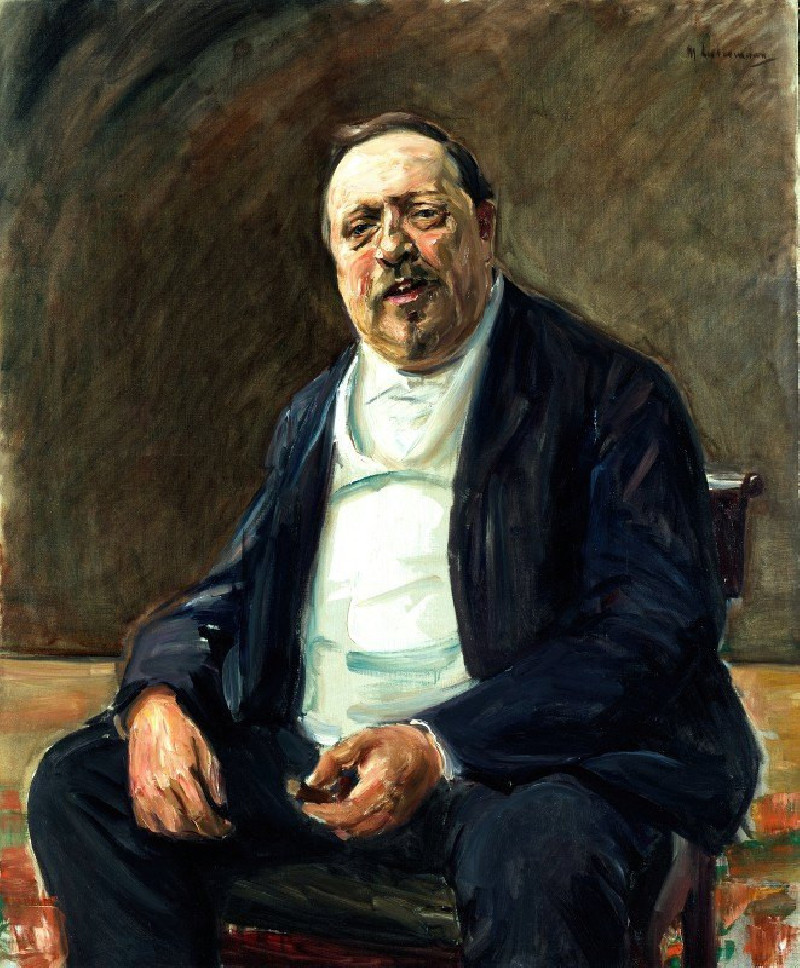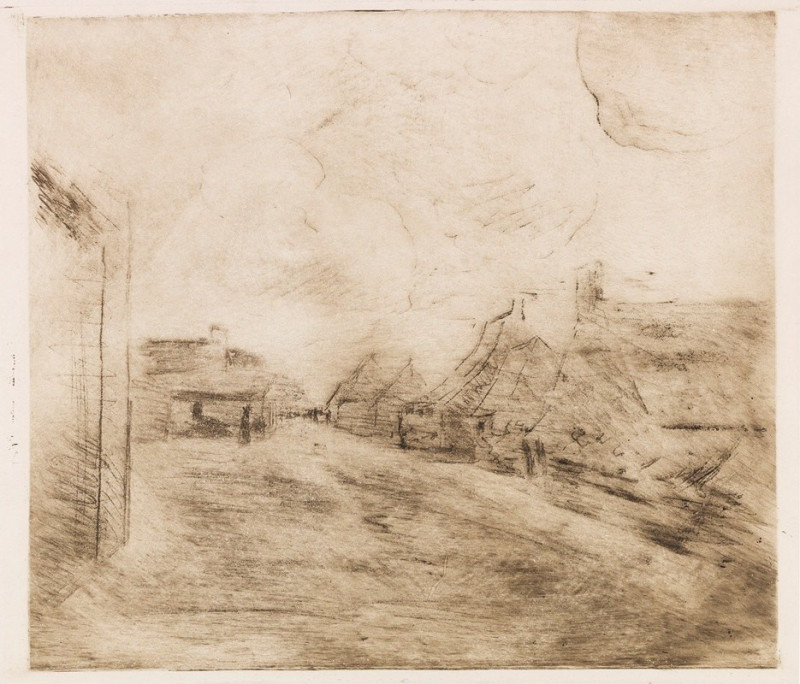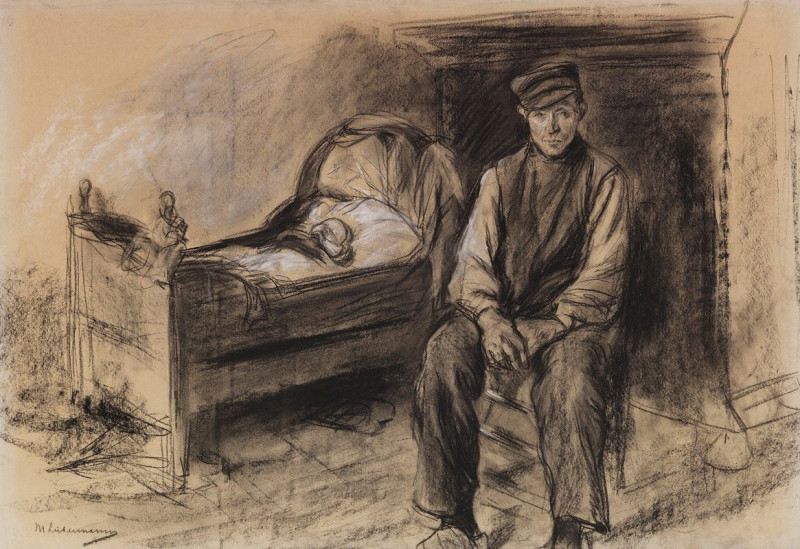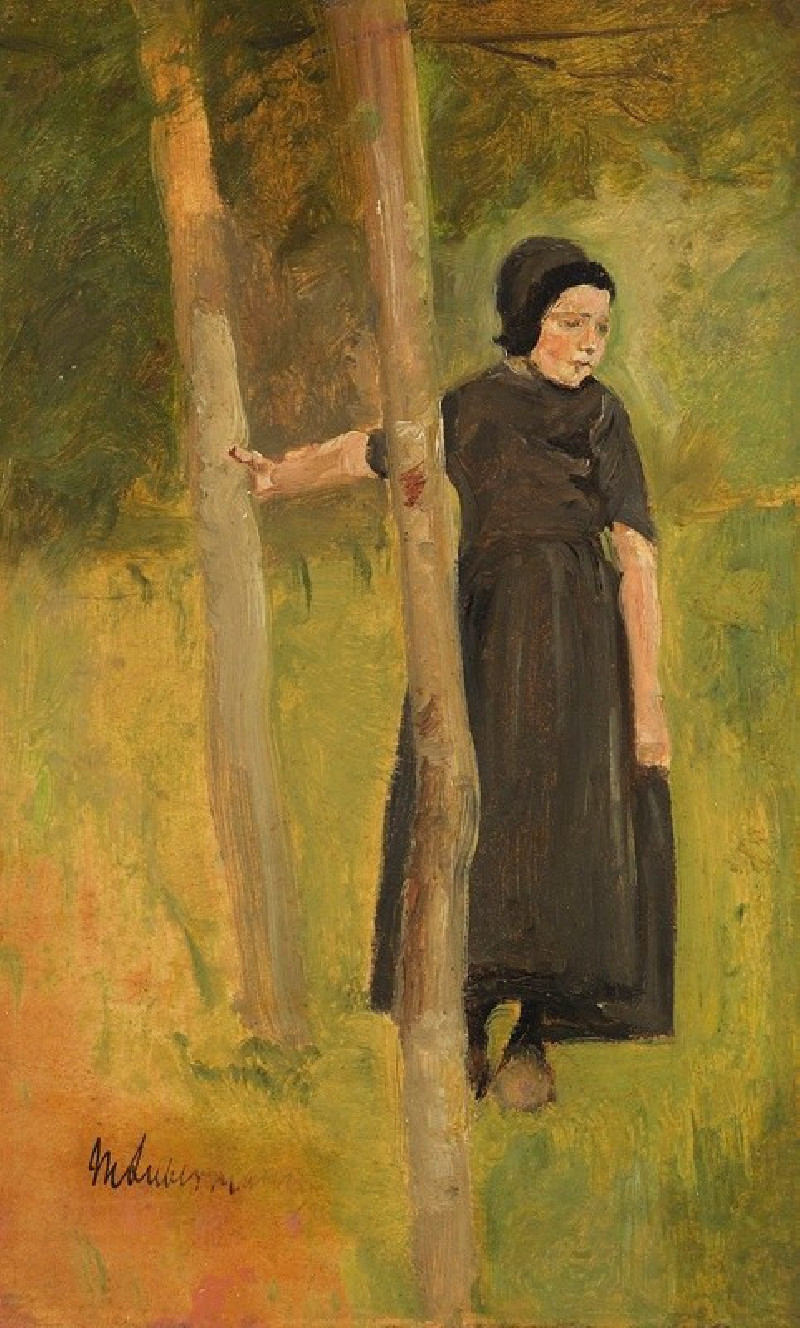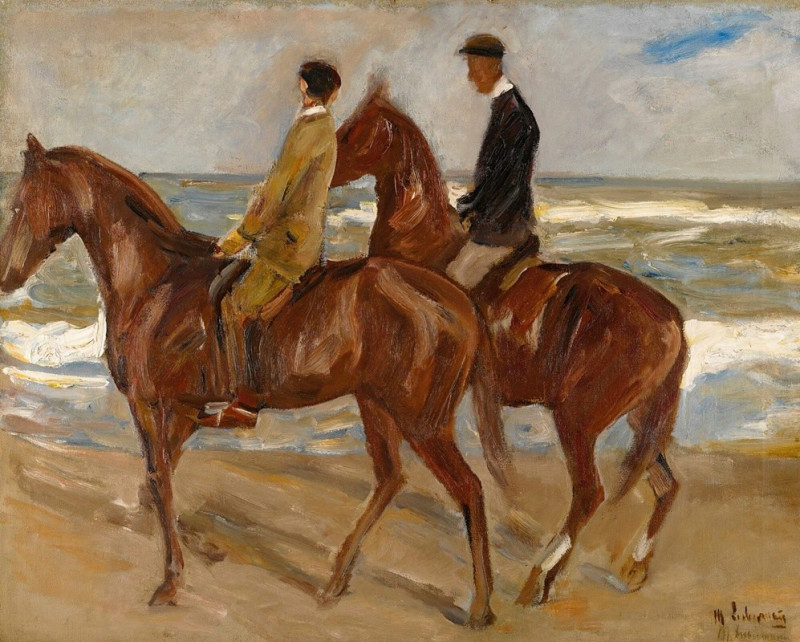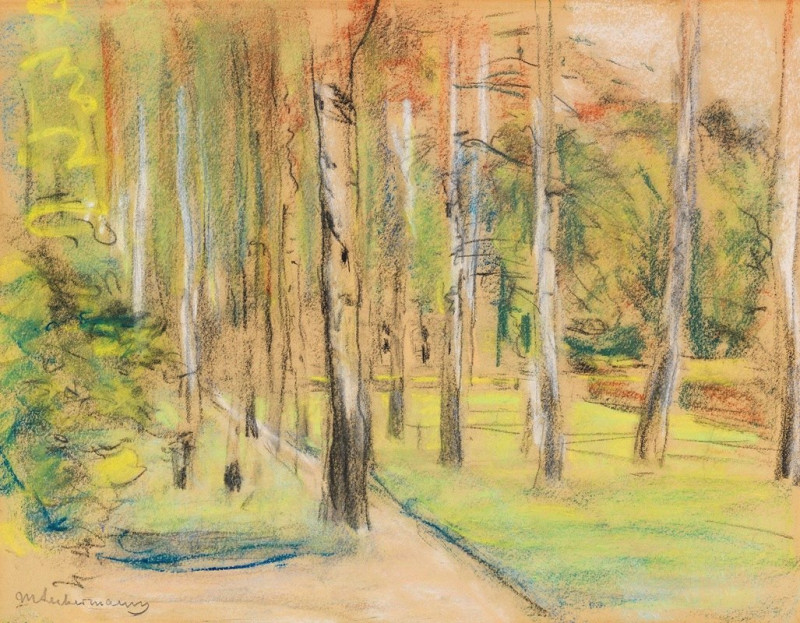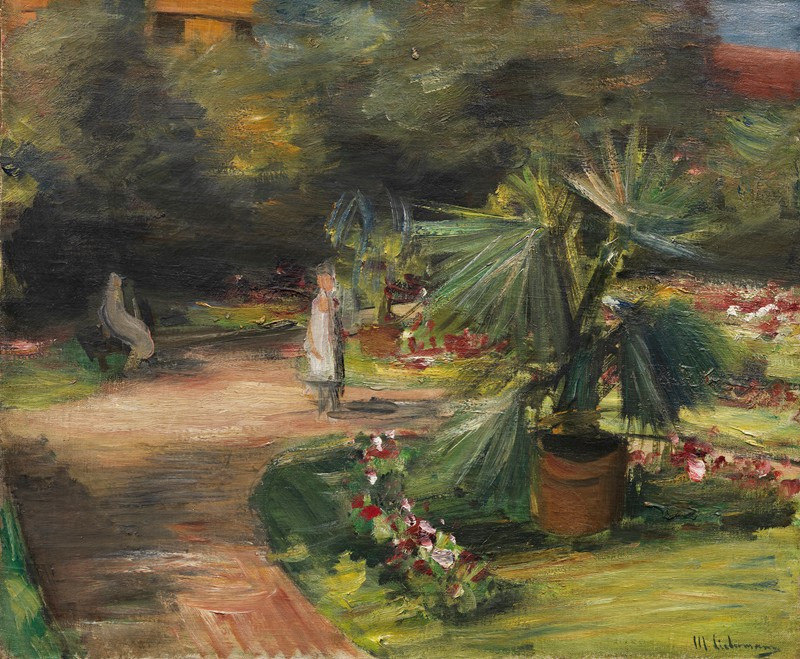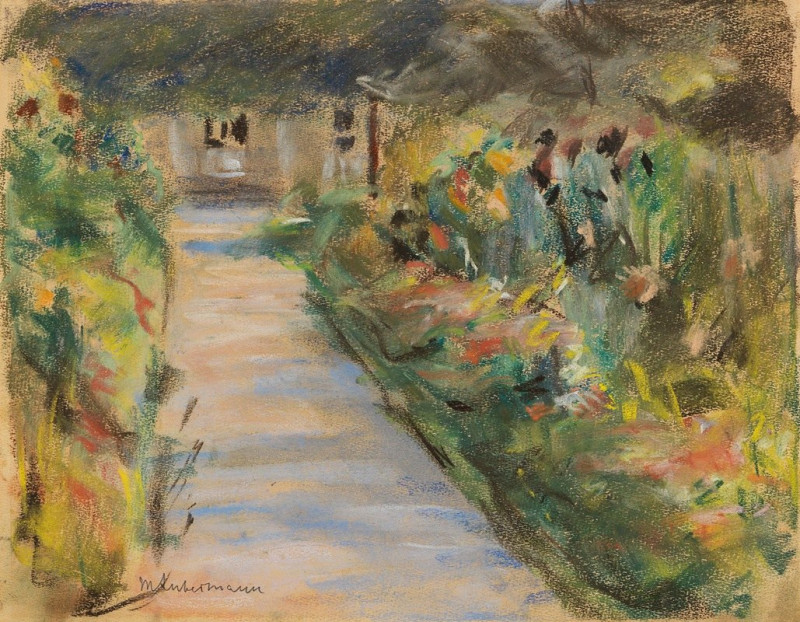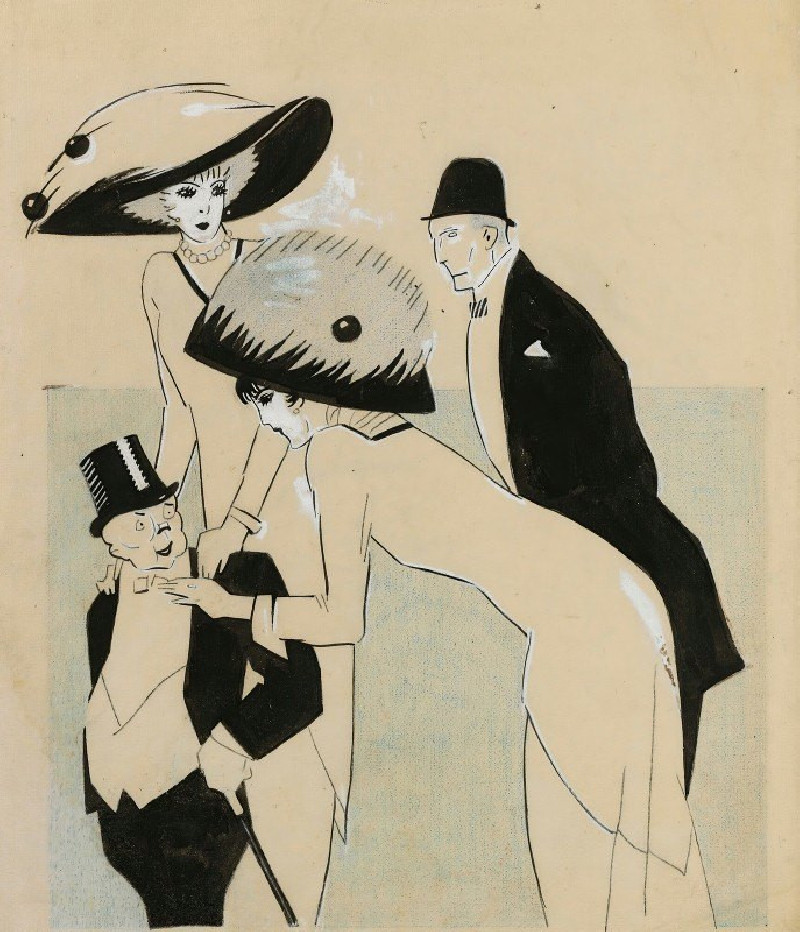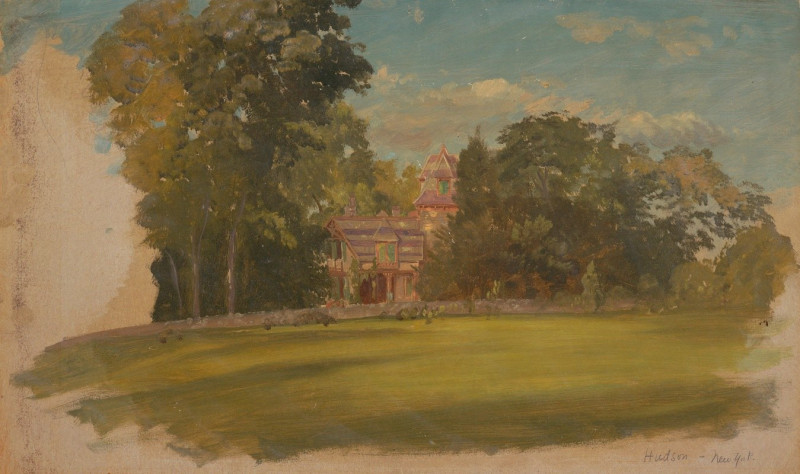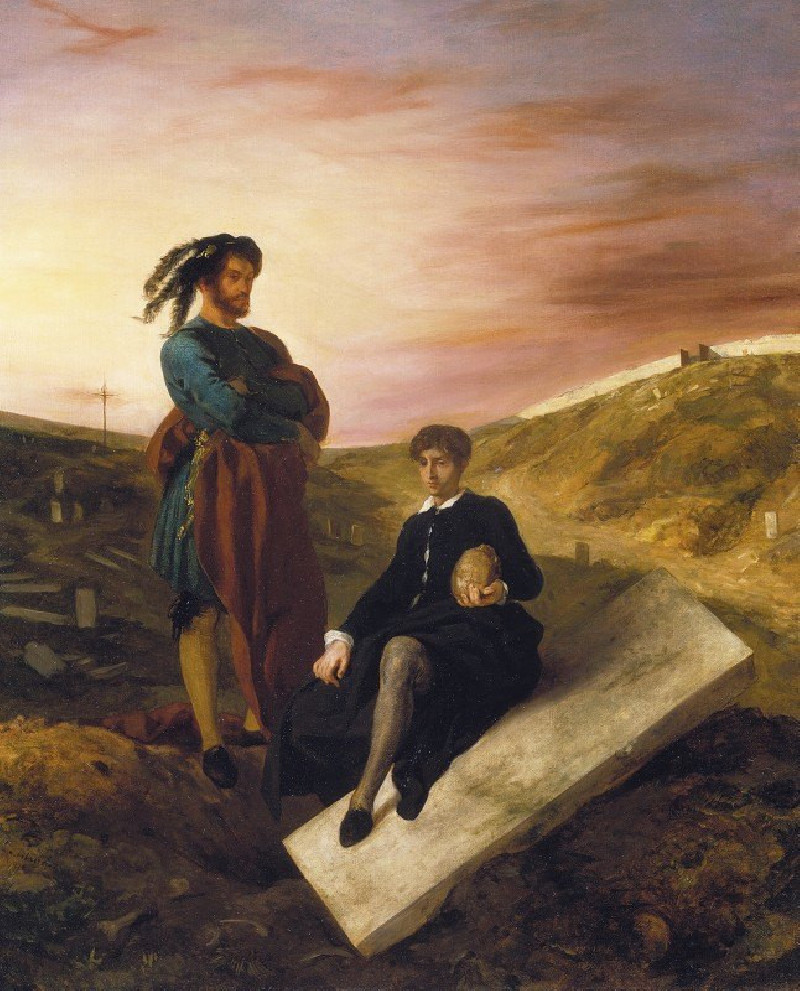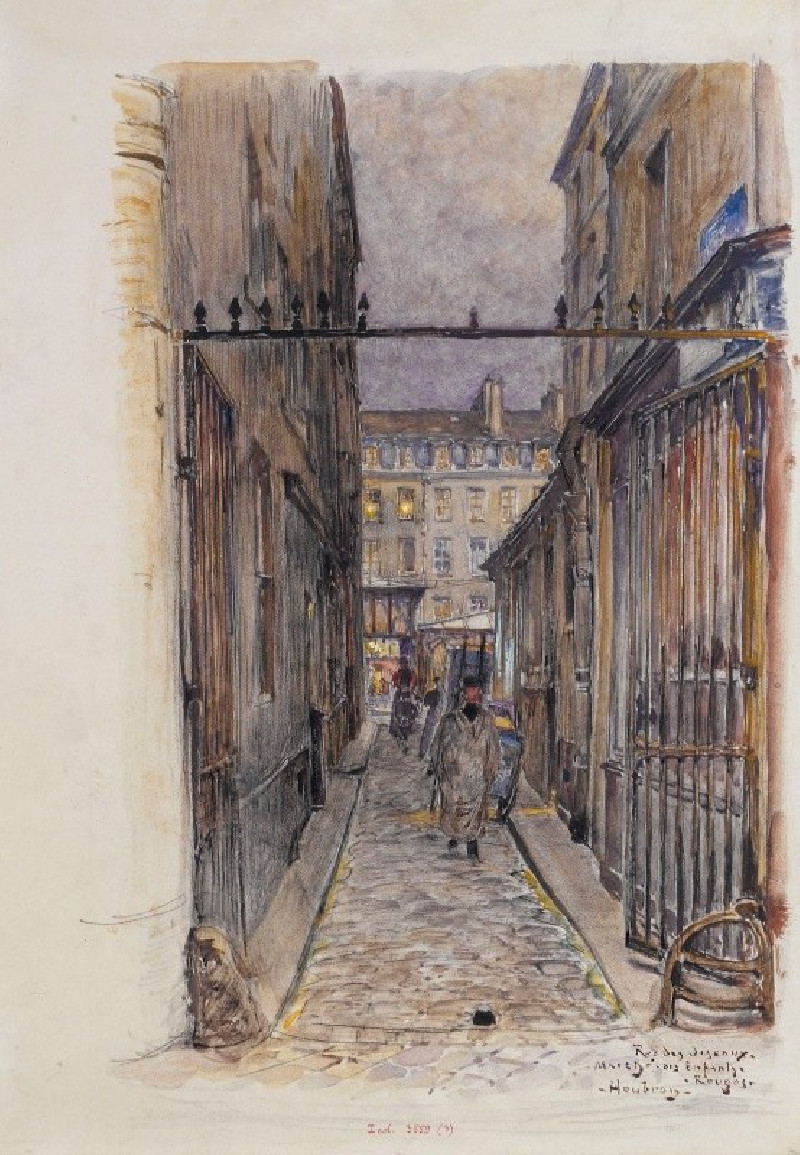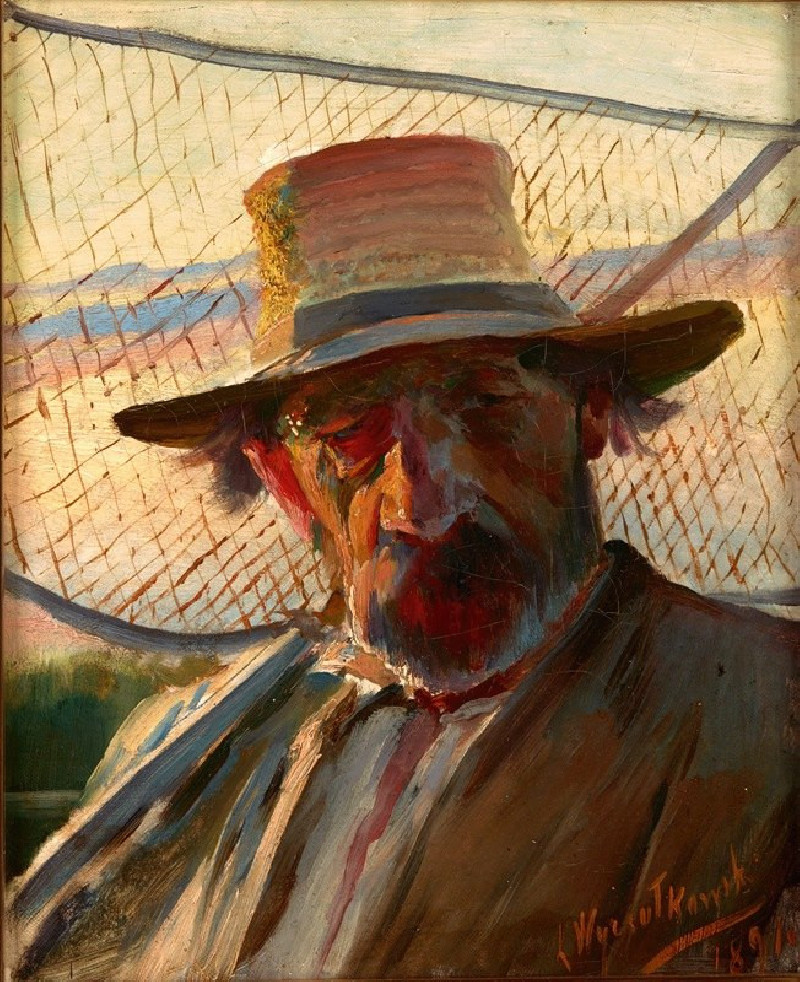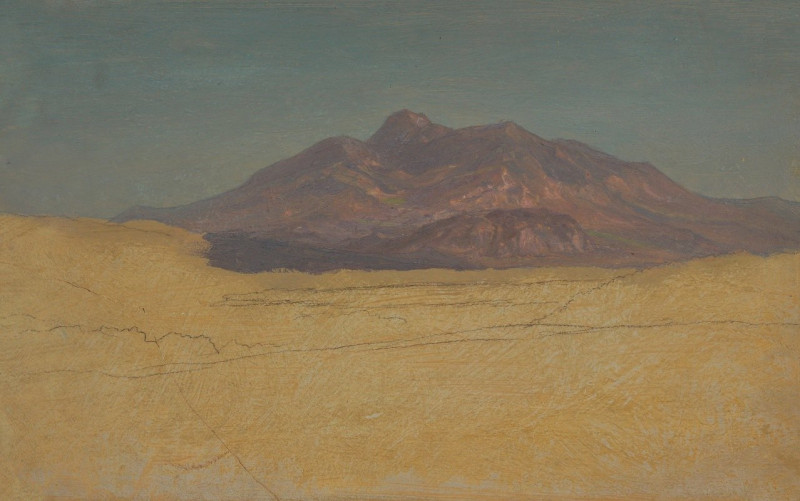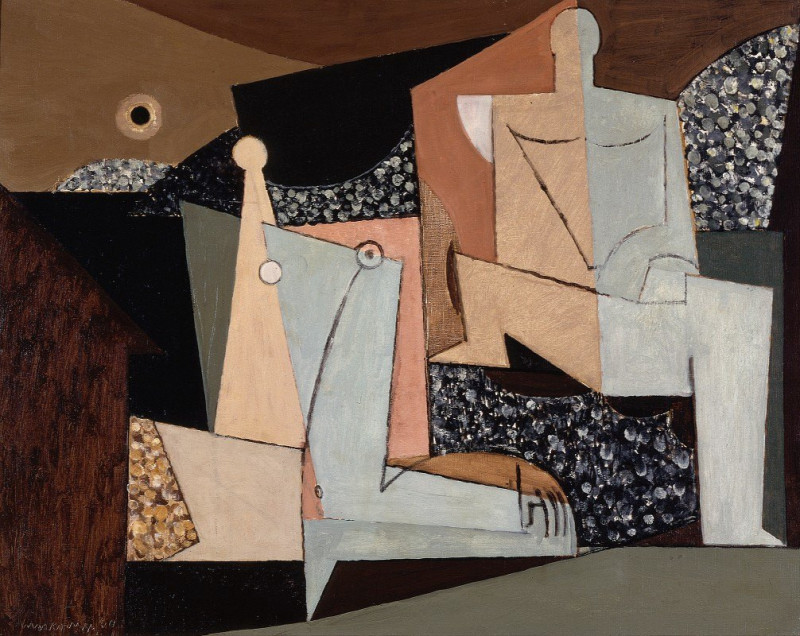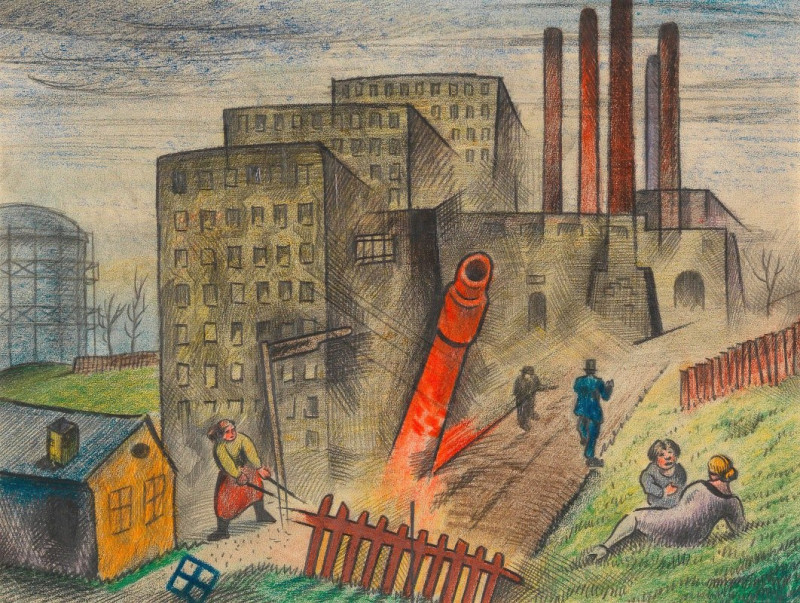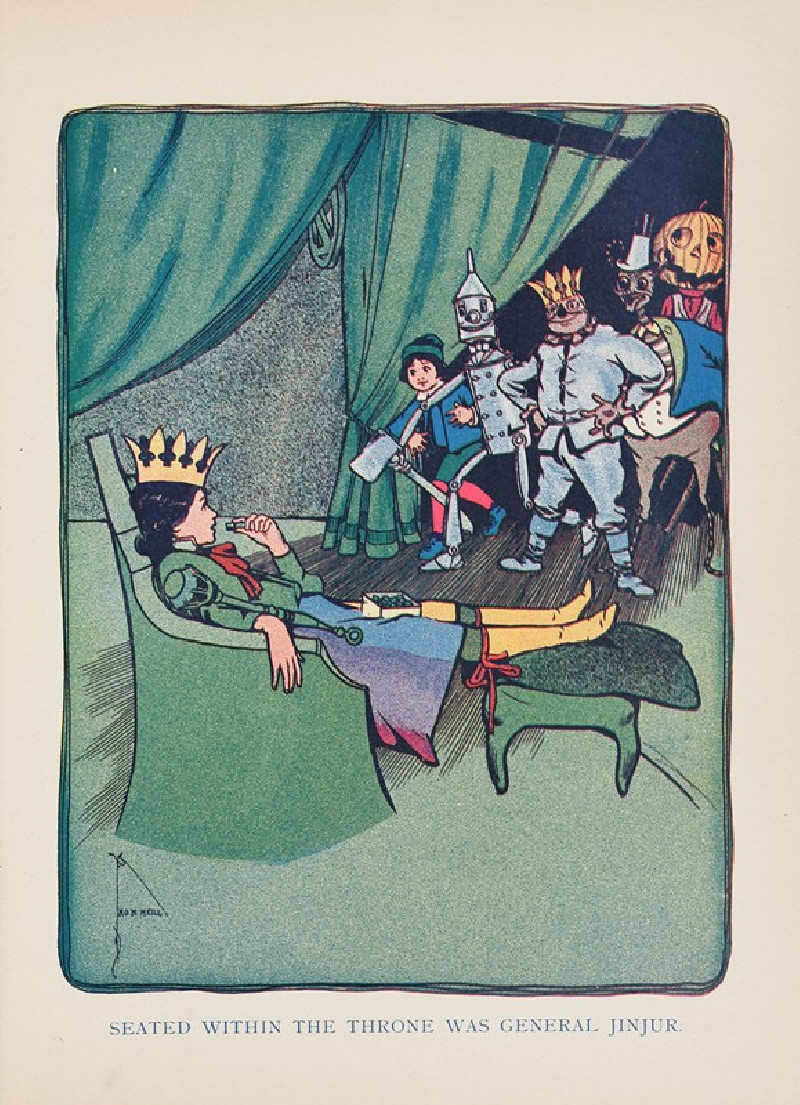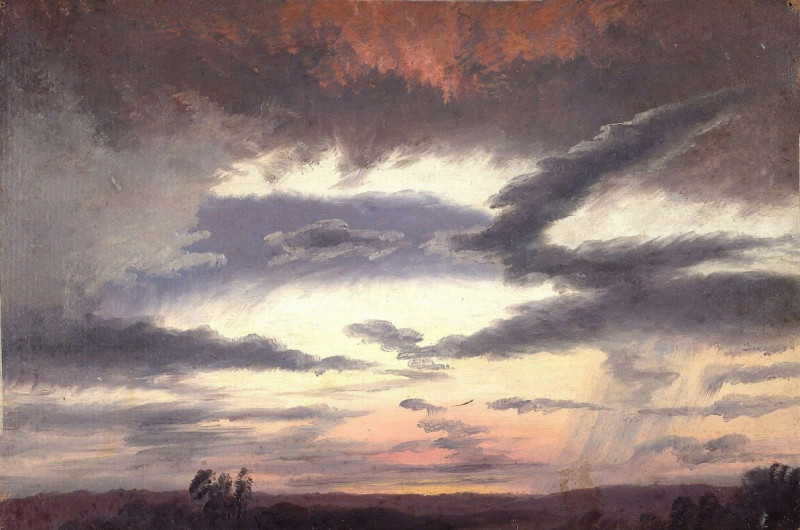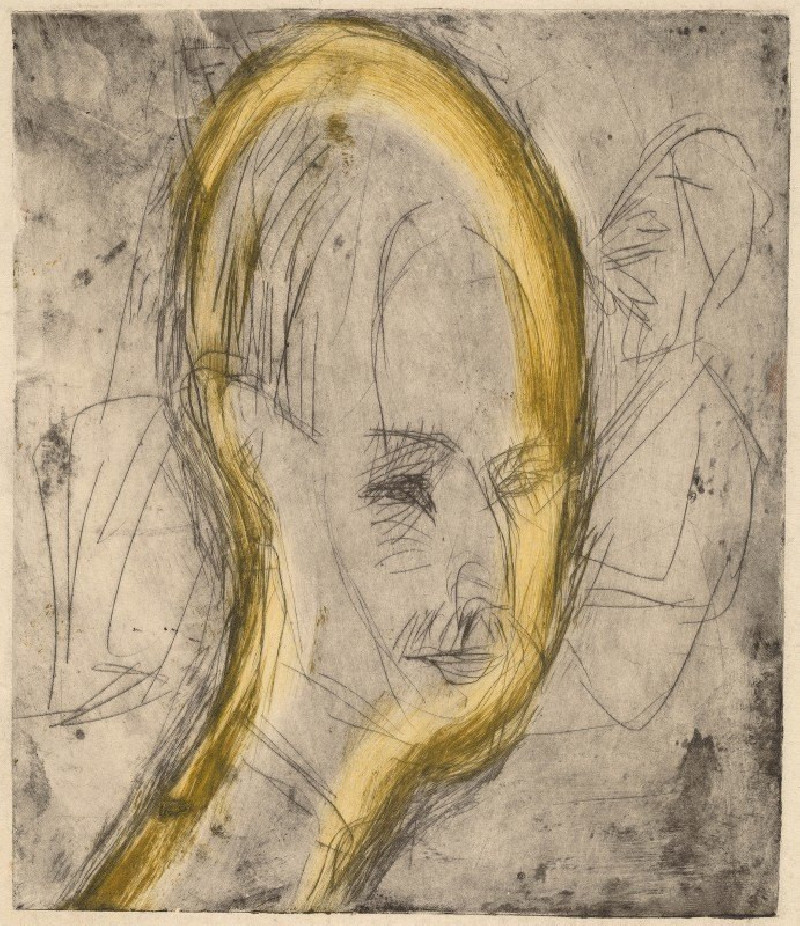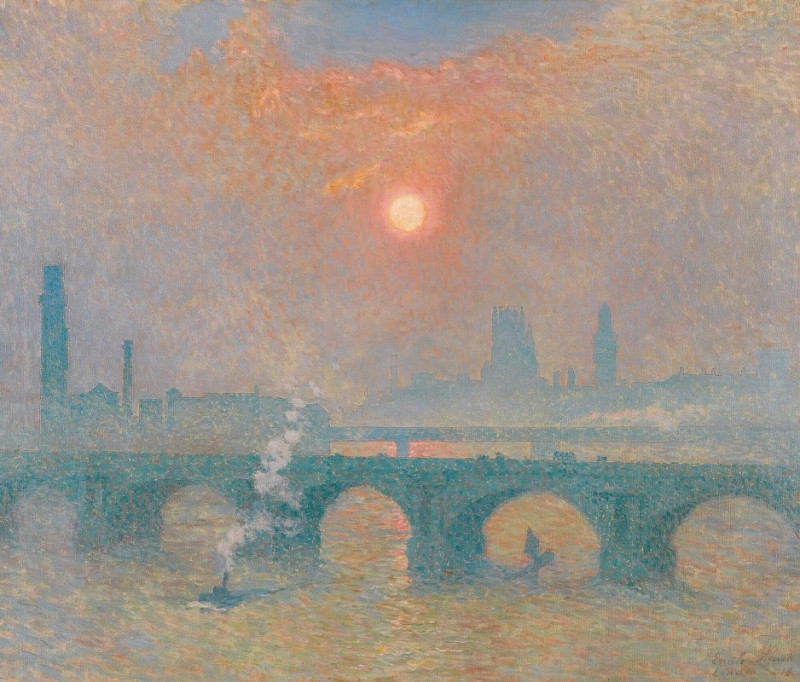Katwijk (1880-90)
Technique: Giclée quality print
Recommended by our customers
More about this artwork
Delve into the serene and evocative landscape of "Katwijk," a remarkable charcoal drawing by the preeminent German artist, Max Liebermann. Created between 1880 and 1890, this artwork captures the essence of the coastal village of Katwijk in the Netherlands, a place that greatly inspired Liebermann.In this artwork, Liebermann deftly utilizes charcoal to sketch out a tranquil scene dominated by rustic cottages and a prominent church tower that pierces the skyline. The composition is masterful in its simplicity and effective use of light and shadow, which adds depth and dimension to the rural setting. The rough strokes and undefined forms suggest the brisk, fleeting moments often found in plein air sketches, capturing the dynamic interplay between nature and the structures within it.Foregrounded by what appears to be windswept dunes, the drawing guides the viewer’s eye through a landscape marked by the unembellished, rugged beauty of rural life. Liebermann's attention to the textural details of the thatched roofs and the varied angles of the architecture showcases his skill in conveying material and structural qualities with minimal yet expressive lines."Katwijk" is more than just a visual representation; it is a narrative about the tranquility and timeless allure of pastoral life, reflecting Liebermann's fascination with the natural world and his ability to transmit profound emotion through simple yet powerful artistic expressions. This piece invites admirers to pause and reflect, offering a window into the peaceful solitude of the late 19th-century Dutch countryside.We invite you to experience the understated elegance and emotional depth of Max Liebermann's "Katwijk" on display now.
Delivery
Returns
Max Liebermann was a German painter and printmaker of Ashkenazi Jewish ancestry, and one of the leading proponents of Impressionism in Germany.
The son of a Jewish fabric manufacturer turned banker from Berlin, Liebermann grew up in an imposing town house alongside the Brandenburg Gate.
He first studied law and philosophy at the University of Berlin, but later studied painting and drawing in Weimar in 1869, in Paris in 1872, and in the Netherlands in 1876–77.

